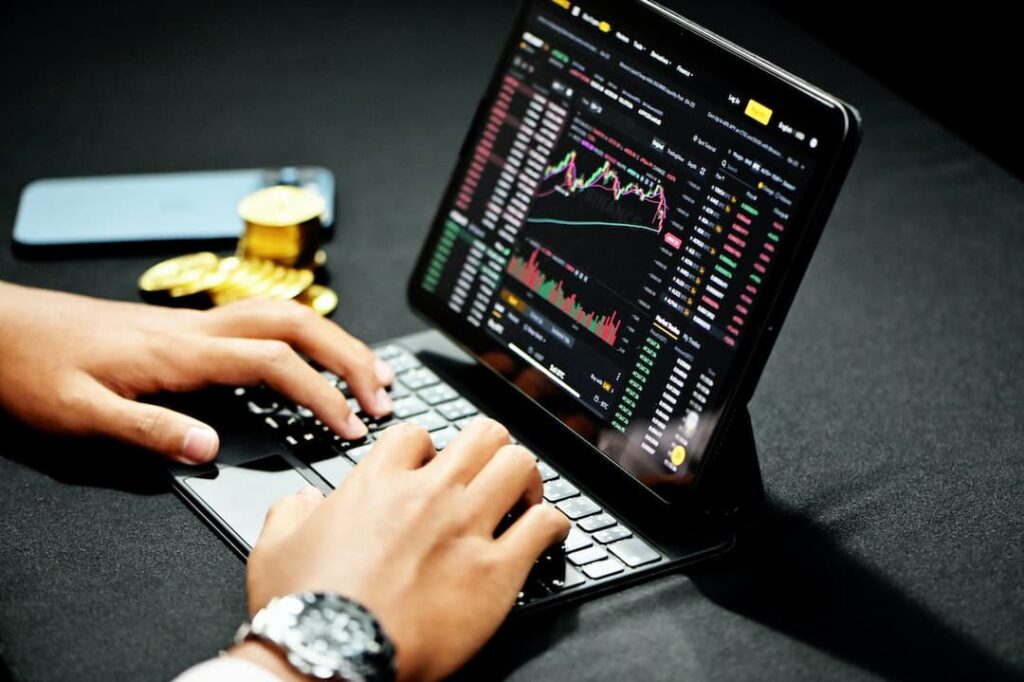How forex PT exchange rates impact swimwear production costs in Portugal
Swimwear production in Portugal has grown steadily in recent years. The country is known for its high-quality textiles, advanced manufacturing processes, and skilled workforce. As a result, many international swimwear brands choose to manufacture their products in Portugal or source from Portuguese suppliers.
However, swimwear production costs are not fixed. A significant factor that influences these costs is currency exchange rates. The way forex PT (foreign exchange for Portugal, within the euro context) trends affect sourcing, payments, and operational expenses is of growing interest to manufacturers and brand owners alike.
This article explains how exchange rate movements impact various elements of swimwear production in Portugal, with practical insights supported by market data.
Why currency trends matter in swimwear production
Portugal is part of the Eurozone and uses the euro (EUR) as its currency. Many inputs for swimwear production, however, come from outside the Eurozone. Additionally, many finished products are sold globally in currencies such as USD, GBP, AUD, and JPY.
This introduces two primary areas of exchange rate risk:
- Currency fluctuations affecting import costs for raw materials
- Currency movements influencing revenue when exporting finished swimwear
By monitoring live forex rates through tools such as forex PT platforms, manufacturers can track these risks and adjust operations accordingly.
Impact of forex PT trends on material sourcing
Modern swimwear relies on a variety of high-performance materials. These include:
- Stretch fabrics such as polyamide and elastane blends
- Specialized linings
- Sustainable fibers
- High-grade zippers, clasps, and fasteners
Many of these components are imported from suppliers outside the Eurozone. When the euro weakens against foreign currencies, the cost of these materials increases in EUR terms. When the euro strengthens, material costs in euros may decrease.
For example, fabrics sourced from Asia are often priced in USD. If the EUR/USD exchange rate moves from 1.10 to 1.05, Portuguese manufacturers pay more euros per dollar, raising production costs.
To manage this volatility, manufacturers track forex trends using services such as tradingview.com or fxstreet.com. Understanding current exchange dynamics helps with sourcing decisions and price negotiations.
Exchange rates and payment timing
Timing also affects material costs. Manufacturers paying for imported materials over time may face different exchange rates at each payment stage.
If a contract allows flexibility, manufacturers can choose when to make payments based on favorable currency movements. Monitoring forex PT trends and using tools like Metatrader 4 iPad iOS helps purchasing teams identify optimal payment windows.

Conversely, if contracts fix prices in foreign currencies without hedging, exchange rate shifts can introduce significant risk. Factoring this into cost models is essential for accurate budget planning.
Currency effects on labor and overhead
While material sourcing is highly sensitive to currency movements, other production elements are more stable.
Labor costs in Portugal are paid in euros. Overhead costs such as utilities, warehousing, and transport within Portugal are also largely euro-denominated.
However, indirect currency effects can still arise. For example:
- Energy prices linked to global markets may be influenced by euro exchange rates versus the USD.
- International shipping rates often depend on USD pricing, affecting export costs.
By factoring these indirect effects into production budgets, manufacturers can better understand how forex PT trends impact total production costs.
Pricing for export markets
Swimwear produced in Portugal is exported to many countries. Export invoices are often issued in the customer’s local currency or in USD.
When the euro strengthens, the converted value of foreign revenues in euros decreases. When the euro weakens, the euro value of foreign sales improves.
Brands must balance pricing competitiveness with margin stability. Many use forex PT data to guide pricing decisions and timing of currency conversions.

Export-focused manufacturers also monitor commodity markets that correlate with exchange rates. For example, shifts in ouro forex markets often signal changes in global risk appetite, which in turn influences forex trends.
Case example: swimwear brand adjusting for USD volatility
A mid-sized swimwear brand in Portugal sources fabrics from the United States and exports to North America and Australia.
The brand monitors EUR/USD trends daily. When the euro weakened significantly in early 2023, fabric imports became more expensive. The brand temporarily adjusted sourcing volumes and renegotiated payment terms.
Simultaneously, a weaker euro improved the brand’s euro-converted revenues from USD-based sales. By monitoring these dynamics through tools and data from investopedia.com and other sources, the brand adapted its pricing strategy to maintain stable margins.
Using forex PT insights in financial planning
Portuguese swimwear manufacturers that export internationally often integrate forex monitoring into their financial planning. This includes:
- Building currency contingencies into budgets
- Modeling different exchange rate scenarios
- Using financial instruments such as forward contracts for larger transactions
Reliable data sources such as tradingeconomics.com and forex PT platforms support this process.
Brands also train purchasing and finance teams to interpret forex trends. Combining currency analysis with operational planning helps minimize risk and protect profitability.
Conclusion
Currency exchange rates directly and indirectly influence swimwear production costs in Portugal. Manufacturers and brands must remain aware of forex PT trends to manage sourcing expenses, production budgeting, and export revenues.
By incorporating live market data and strategic monitoring into daily operations, swimwear producers can adapt more effectively to a dynamic global market.
The swimwear sector’s increasing reliance on international materials and global sales makes forex analysis a core competency for successful production planning. As tools and data access improve, more brands are embracing proactive forex management to protect their financial performance.
